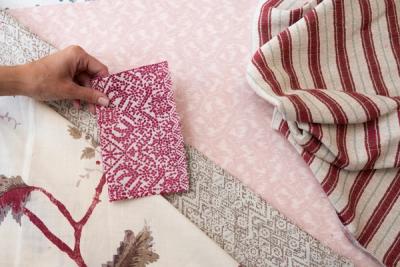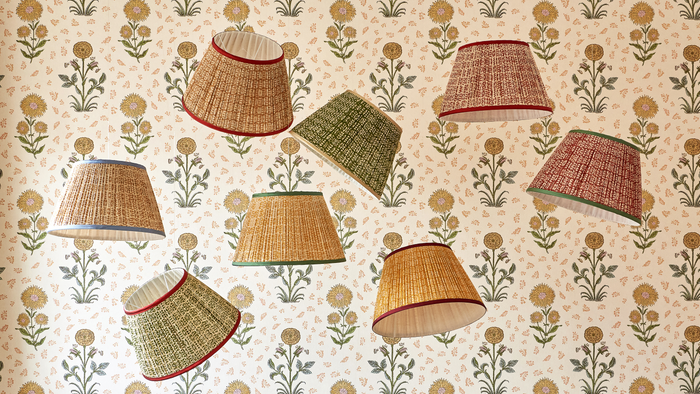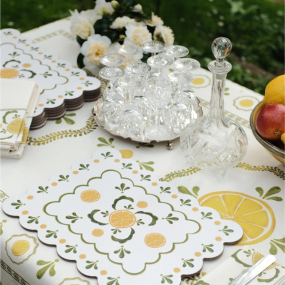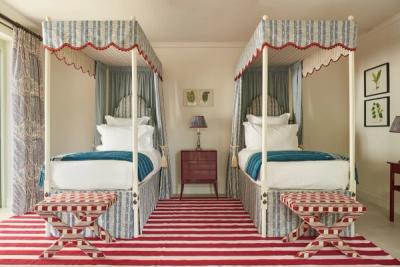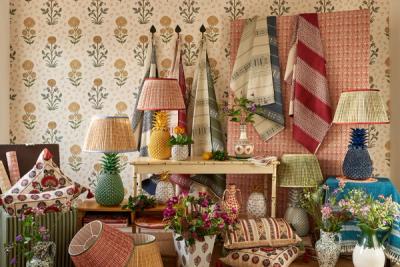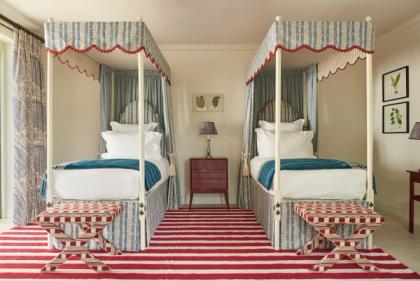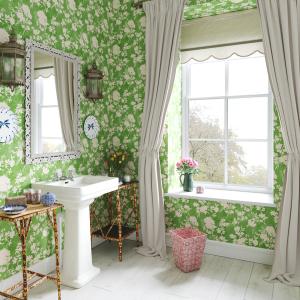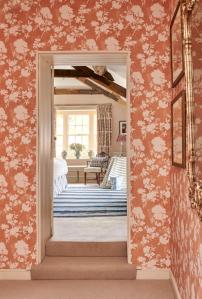Decoration
The Low Ceiling: An Interior Designer's Playroom
Low ceilings are a common occurrence in period houses. The hazards of low-hanging beams and light fixtures are familiar to most of us – along with the difficulties of bringing as much natural light as possible into a space designed for those of us who stand below 5’6”.
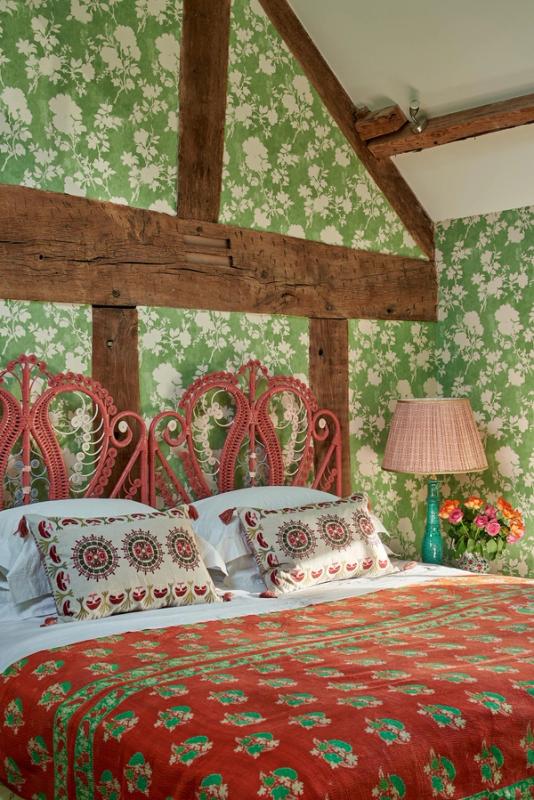
The Low Ceiling: An Interior Designer's Playroom
Low ceilings are a common occurrence in period houses. The hazards of low-hanging beams and light fixtures are familiar to most of us – along with the difficulties of bringing as much natural light as possible into a space designed for those of us who stand below 5’6”.
There’s no getting around it: low ceilings are a challenge. But, from living rooms that can all too easily feel like little caves devoid of daylight and air, to attic bedrooms that force us to make that gradually slump down to half-height the further we get from the doorway.
But challenges are there to be conquered, and there is so much potential in a room – even when it’s a little vertically challenged.
Don’t underestimate the power of lighting
Lighting doesn’t just illuminate spaces; it creates space, texture, depth and, when used well, prevents walls from feeling as though they’re pressing in on your space.
A room that’s poorly lit will be hampered by shadows – shadows that act a little like a heavy, black outline to a drawing. Too much at the edges, and the space within it will appear much smaller than it really is. This is, of course, one of the downsides to relying too heavily on the main overheads – they have a habit of ‘chasing’ the shadows into the very edges of the room, and creating a lot of contrasting between the illuminated and unilluminated spaces.
Decorative lighting is one of the best tools you can have in your arsenal, whether you use it to complement the main lights or light the room on its own. Position it at the room’s edges, so that plenty of light is directed up at those dark corners or slanted ceilings. A statement lamp will add visual intrigue, and also bring some much-needed light into an otherwise dim corner of the room.
Fall back on the faithful stripe
In the fashion world, it’s a widely held belief that a vertical stripe can make the wearer look taller and leaner. It may not always be quite that simple – for instance, it tends to depend on the thickness of the stripes, and the amount of contrast between the colours, but, as advice, it certainly holds some water.
For us, however, the stripe represents much more of a reliable choice when it comes to interior design. A simple vertical stripe on the curtains, for instance – imagine this Multicolour Rustic Stripe framing a wintry view – can help to elongate the scene. Also, keep in mind the fact that wider curtain poles (and longer curtains, hung high above the window) tend to be very effective at making the window itself look wider and taller – a great trick to keep up your sleeve if the room feels a little squashed and stifled.
Embrace the smaller spaces
In the past, we’ve written about the difficulties of decorating that little space under the stairs, and how one of the most effective ways to utilise it is, quite simply, to embrace its size (or lack thereof). Place a small piece of furniture there – something that isn’t trying to play tricks on the eye or make more of the space than what it is.
True, it can be impractical if you’ve got a room’s worth of furniture to arrange and only one or two ‘full size’ walls to push it up against, but what’s the alternative? Bending double every time you want to sit at your vanity or use your computer?
Use contrast to avoid a slump
Sloping ceilings will inevitably draw the eye toward the room’s squat edges – but, if you’re not making the most of those short little walls, the eye is going to be drawn towards the most uninteresting part of the room.
That’s not to say you have to fill it with curios and exciting objet d’art to compensate for the lack of wall space, but that it wouldn’t hurt to add some sort of focal point into the area.
Contrasting the colour of your ‘main walls’ with a statement wallpaper is a great solution. It avoids dwarfing the room with an overbearing print, while still enabling you to use it to great (or perhaps even greater) effect.
True, your guests may never gravitate toward those little ‘end piece’ walls just to admire them. Then again, the inconvenience they pose is more than made up for by the character they can bring to a room – provided you work out what to do with them.
More from Decoration



